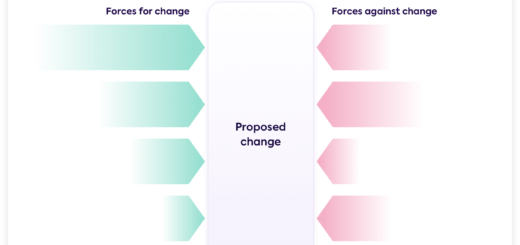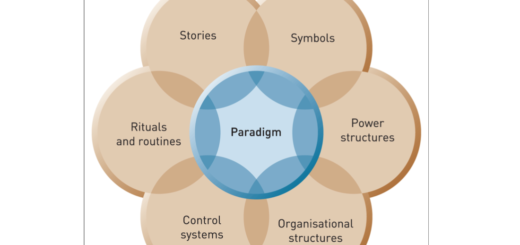SMART Goal Framework
Goals should always be “SMART”
SMART is an acronym that stands for Specific, Measurable, Achievable, Relevant, and Time-bound. The concept of SMART goals was first introduced by George T. Doran in a 1981 paper titled “There’s a S.M.A.R.T. Way to Write Management’s Goals and Objectives.” The SMART framework provides a structured approach to goal setting, making it easier to create well-defined and achievable objectives. Here’s a brief explanation of each component of the SMART goal framework:
- Specific: Goals should be clear and unambiguous, focusing on what exactly you want to achieve. The more specific the goal, the easier it is to develop a plan to achieve it.
- Measurable: Goals should be quantifiable, making it possible to track progress and measure success. This helps to create a sense of accountability and motivation.
- Achievable: Goals should be realistic and attainable, taking into account available resources and limitations. Setting overly ambitious goals that are impossible to achieve can be demotivating.
- Relevant: Goals should be relevant to the individual’s role and contribute to the overall objectives of the team or organization. This ensures that efforts are focused on priorities.
- Time-bound: Goals should have a specific deadline or timeframe for completion. This creates a sense of urgency and helps to prioritize tasks.
Overall, SMART goals provide a useful framework for setting objectives that are clear, measurable, achievable, relevant, and time-bound. This can help individuals and teams to stay focused, motivated, and accountable as they work towards their goals.



